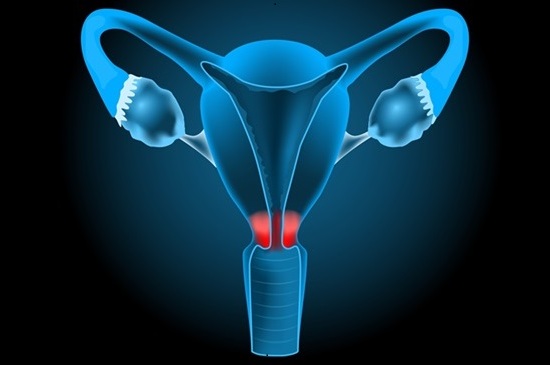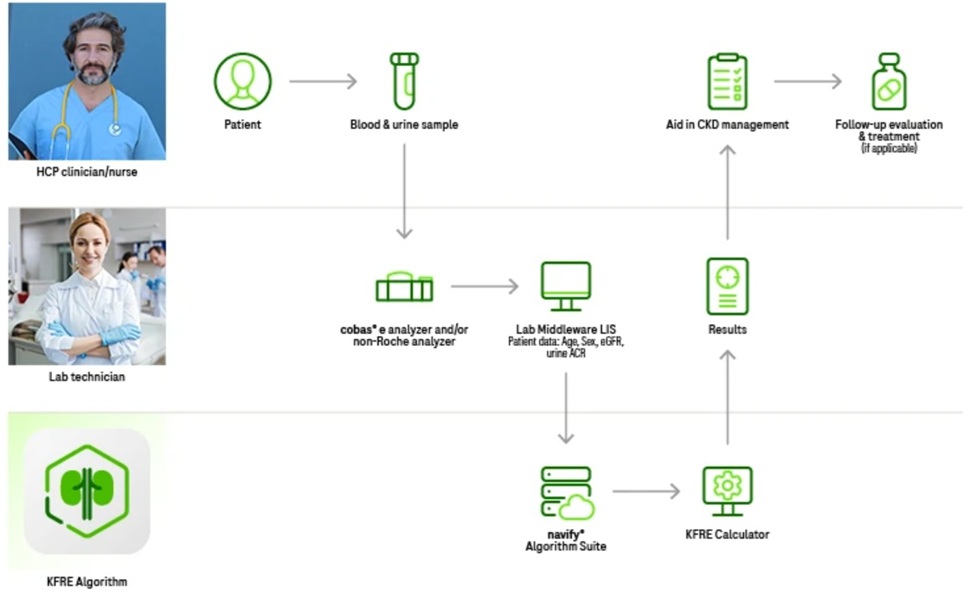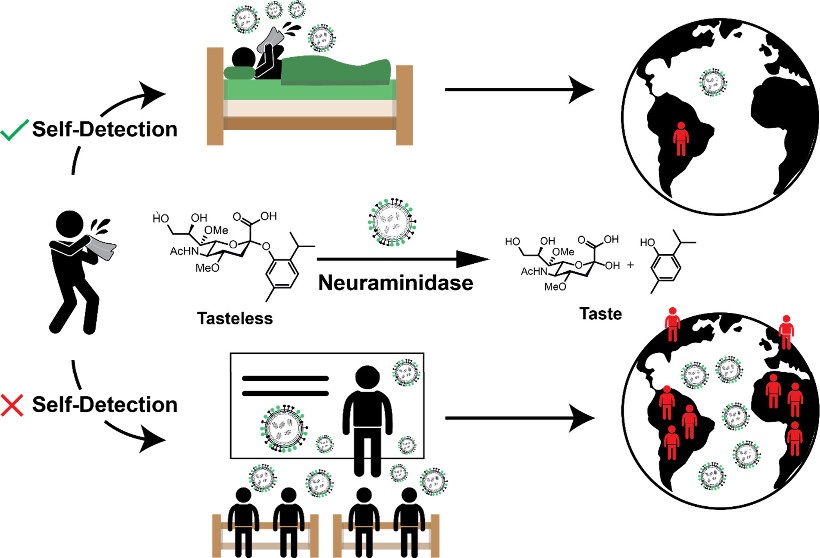Dedicated Blood DNA Collection Tube Receives European Marketing Approval
|
By LabMedica International staff writers Posted on 13 Feb 2014 |
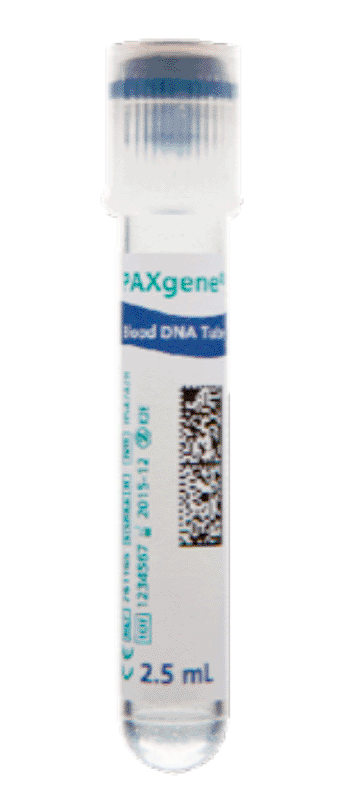
Image: The PAXgene Blood DNA Tube (Photo courtesy of PreAnalytiX GmbH).
A new collection tube for routine clinical use that was designed to preserve DNA in blood samples was recently certified for use as a diagnostic product in Europe.
The PreAnalytiX GmbH (Feldbachstrasse, Switzerland) PAXgene Blood DNA Tube provides a means for the collection of whole blood for the isolation of genomic DNA in a closed, evacuated system. Blood is collected under a standard phlebotomy protocol into an evacuated tube that contains potassium-EDTA additive. Complete isolation of DNA is carried out using manual or automated methods such as salting out precipitation, magnetic beads, or silica membrane-based technologies.
The 2.5 milliliter PAXgene Blood DNA Tube stabilizes genomic DNA with validated time and temperature parameters. The tube incorporates workflow efficiency features including a two-dimensional bar code on the label and a tube closure that clearly identifies this unique DNA collection tube.
The PAXgene tube, which recently received the European Union's CE marking IVD certification for sale in Europe was developed as part of a joint venture between Becton Dickinson and Company ((Franklin Lakes, NJ, USA) and QIAGEN (Venlo, The Netherlands).
“The validated performance data we provide to clinical scientists for the PAXgene Blood DNA Tube should reduce the chances of preanalytical error, ensuring the best quality sample for accurate IVD test performance and for blood DNA storage related to the identification of new biomarkers of disease or drug actions,” said Frank Augello, general manager of PreAnalytiX GmbH.
Related Links:
PreAnalytiX GmbH
Becton Dickinson and Company
QIAGEN
The PreAnalytiX GmbH (Feldbachstrasse, Switzerland) PAXgene Blood DNA Tube provides a means for the collection of whole blood for the isolation of genomic DNA in a closed, evacuated system. Blood is collected under a standard phlebotomy protocol into an evacuated tube that contains potassium-EDTA additive. Complete isolation of DNA is carried out using manual or automated methods such as salting out precipitation, magnetic beads, or silica membrane-based technologies.
The 2.5 milliliter PAXgene Blood DNA Tube stabilizes genomic DNA with validated time and temperature parameters. The tube incorporates workflow efficiency features including a two-dimensional bar code on the label and a tube closure that clearly identifies this unique DNA collection tube.
The PAXgene tube, which recently received the European Union's CE marking IVD certification for sale in Europe was developed as part of a joint venture between Becton Dickinson and Company ((Franklin Lakes, NJ, USA) and QIAGEN (Venlo, The Netherlands).
“The validated performance data we provide to clinical scientists for the PAXgene Blood DNA Tube should reduce the chances of preanalytical error, ensuring the best quality sample for accurate IVD test performance and for blood DNA storage related to the identification of new biomarkers of disease or drug actions,” said Frank Augello, general manager of PreAnalytiX GmbH.
Related Links:
PreAnalytiX GmbH
Becton Dickinson and Company
QIAGEN
Latest Technology News
- Viral Biosensor Test Simultaneously Detects Hepatitis and HIV
- Acoustofluidic Device to Transform Point-Of-Care sEV-Based Diagnostics
- AI Algorithm Assesses Progressive Decline in Kidney Function
- Taste-Based Influenza Test Could Replace Nasal Swabs with Chewing Gum
- 3D Micro-Printed Sensors to Advance On-Chip Biosensing for Early Disease Detection
- Hybrid Pipette Combines Manual Control with Fast Electronic Aliquoting
- Coral-Inspired Capsule Samples Hidden Bacteria from Small Intestine
- Rapid Diagnostic Technology Utilizes Breath Samples to Detect Lower Respiratory Tract Infections
Channels
Molecular Diagnostics
view channel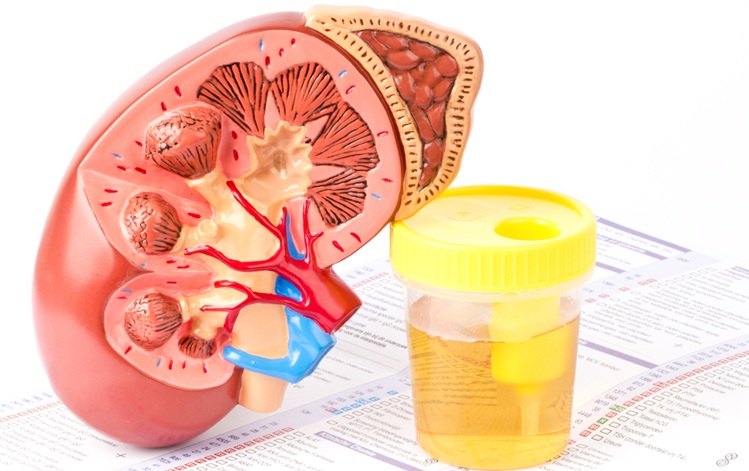
Urine Test Could Replace Painful Kidney Biopsies for Lupus Patients
Lupus is an autoimmune disorder that causes the immune system to attack the body’s own tissues and organs. Among the five million people living with lupus globally, nearly half develop lupus nephritis,... Read more
Blood Test Guides Post-Surgical Immunotherapy for Muscle-Invasive Bladder Cancer
After surgery for muscle-invasive bladder cancer, many patients face uncertainty about whether residual cancer cells remain in their bodies. Now, a new international phase 3 study has demonstrated that... Read more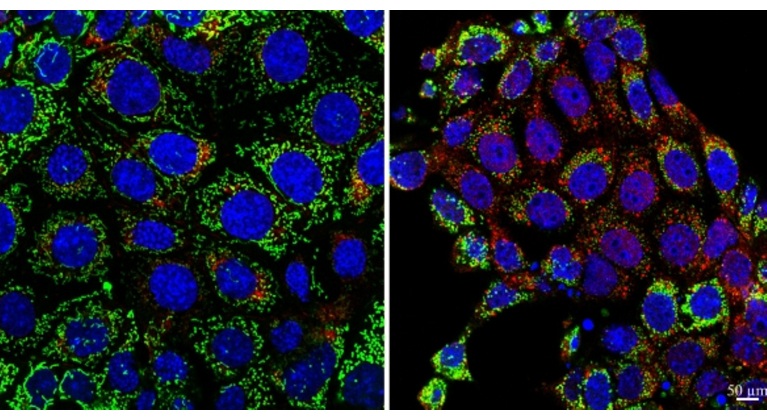
Mitochondrial DNA Mutations from Kidney Stressors Could Predict Future Organ Decline
Kidney-related diseases are alarmingly common: chronic kidney disease (CKD) affects more than one in seven U.S. adults, while about 20% of hospitalized adults are diagnosed with acute kidney injury (AKI).... Read moreHematology
view channel
Viscoelastic Testing Could Improve Treatment of Maternal Hemorrhage
Postpartum hemorrhage, severe bleeding after childbirth, remains one of the leading causes of maternal mortality worldwide, yet many of these deaths are preventable. Standard care can be hindered by delays... Read more
Pioneering Model Measures Radiation Exposure in Blood for Precise Cancer Treatments
Scientists have long focused on protecting organs near tumors during radiotherapy, but blood — a vital, circulating tissue — has largely been excluded from dose calculations. Each blood cell passing through... Read more
Platelets Could Improve Early and Minimally Invasive Detection of Cancer
Platelets are widely recognized for their role in blood clotting and scab formation, but they also play a crucial role in immune defense by detecting pathogens and recruiting immune cells.... Read more
Portable and Disposable Device Obtains Platelet-Rich Plasma Without Complex Equipment
Platelet-rich plasma (PRP) plays a crucial role in regenerative medicine due to its ability to accelerate healing and repair tissue. However, obtaining PRP traditionally requires expensive centrifugation... Read moreImmunology
view channel
Molecular Microscope Diagnostic System Assesses Lung Transplant Rejection
Lung transplant recipients face a significant risk of rejection and often require routine biopsies to monitor graft health, yet assessing the same biopsy sample can be highly inconsistent among pathologists.... Read more
Blood Test Tracks Treatment Resistance in High-Grade Serous Ovarian Cancer
High-grade serous ovarian cancer (HGSOC) is often diagnosed at an advanced stage because it spreads microscopically throughout the abdomen, and although initial surgery and chemotherapy can work, most... Read more
Luminescent Probe Measures Immune Cell Activity in Real Time
The human immune system plays a vital role in defending against disease, but its activity must be precisely monitored to ensure effective treatment in cancer therapy, autoimmune disorders, and organ transplants.... Read more
Blood-Based Immune Cell Signatures Could Guide Treatment Decisions for Critically Ill Patients
When a patient enters the emergency department in critical condition, clinicians must rapidly decide whether the patient has an infection, whether it is bacterial or viral, and whether immediate treatment... Read moreMicrobiology
view channel
Fast Noninvasive Bedside Test Uses Sugar Fingerprint to Detect Fungal Infections
Candida bloodstream infections are a growing global health threat, causing an estimated 6 million cases and 3.8 million deaths annually. Hospitals are particularly vulnerable, as weakened patients after... Read more
Rapid Sepsis Diagnostic Device to Enable Personalized Critical Care for ICU Patients
Sepsis is a life-threatening condition that occurs when the body’s response to infection spirals out of control, damaging organs and leading to critical illness. Patients often arrive at intensive care... Read morePathology
view channel
AI-Powered Method Combines Blood Data to Accurately Measure Biological Age
Chronological age tells us how many years we’ve lived, but not how quickly our bodies are ageing. Some people stay healthy well into their 80s or 90s, while others experience decline much earlier.... Read more
AI Tool Detects Cancer in Blood Samples In 10 Minutes
Detecting cancer recurrence or spread often depends on identifying rare tumor cells circulating in the bloodstream — a process known as a liquid biopsy. However, current methods rely on trained specialists... Read moreTechnology
view channel
Viral Biosensor Test Simultaneously Detects Hepatitis and HIV
Globally, over 300 million people live with Hepatitis B and C, and 40 million with HIV, according to WHO estimates. Diagnosing bloodborne viruses such as HIV and Hepatitis B and C remains challenging in... Read more
Acoustofluidic Device to Transform Point-Of-Care sEV-Based Diagnostics
Rapid and sensitive detection of small extracellular vesicles (sEVs)—key biomarkers in cancer and organ health monitoring—remains challenging due to the need for multiple preprocessing steps and bulky... Read moreIndustry
view channel
Advanced Instruments Merged Under Nova Biomedical Name
Advanced Instruments (Norwood, MA, USA) and Nova Biomedical (Waltham, MA, USA) are now officially doing business under a single, unified brand. This transformation is expected to deliver greater value... Read more














